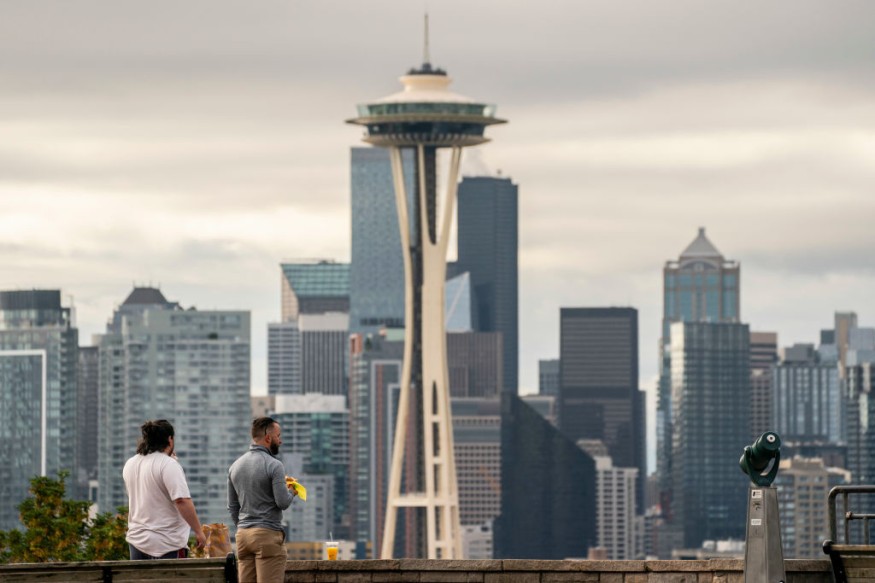
A fault line in Seattle was formed when the North American continent tore apart 55 million years ago.
Piling Of Volcanic Islands
A recent study said that magnetic data has been suggesting that Seattle's fault line formed 55 million years ago, the period when the southern half of a subducting chain of volcanic islands had piled into the continent and tore apart from the northern half.
Experts said that the Seattle fault has been active at present because of forces exerted on the region from the ongoing tectonic deformation both to the west and south. However, they pointed out that the said phenomenon was not always the case.
Researchers said that Washington in the Eocene looked different from today, with a coastline well east of where Seattle sits today and a chain of volcanic islands dotting the horizon offshore.
The study suggested that around 55 million years ago, that island chain was pulled toward the continent. As it ran into the North American plate, part of it went up and over the crust while the rest was sucked under it.
Between these two parts, the crust would have been under great strain and torn. That ancient tear zone set the geologic stage for the modern Seattle fault, according to the study.
"It was a total surprise. It wasn't something we were going for originally, but our results predict a major ancient fault where the Seattle fault is today,'' Megan Anderson, a geophysicist with the Washington Geological Survey and lead author of the study, said.
According to experts, the Seattle fault ruptured notably in 923-924 AD, based on local indigenous oral traditions and geologic evidence along the Puget Sound shoreline.
Despite the region's seismic activity, scientists did not begin to study the Seattle fault zone in earnest until the 1990s.
Anderson said that there is lot more uncertainty about the Seattle fault than, for example, the San Andreas fault.
She noted that the Seattle fault could generate something like a magnitude 7.2 earthquake, and experts really want to be prepared for it.
Furthermore, Anderson said there is still a lot to learn about the matter so that engineering geologists can do better simulations for earthquakes and understand the potential risks to our communities.
Previous works determine the geometry of the Seattle fault at depth relied primarily on seismic data, which are sound waves traveling through and being reflected by underground layers of rock.
The data revealed faults and geologic structures that seismologists and geologists interpreted differently. They knew the region hosted a major fault zone, but scientists had proposed different ways parts of the fault are connected, how deep it extends, and how steeply it cuts through the bedrock.
Read Also : Landslides in the Puget Lowlands Provide Clues to the Strength and Shaking of Seattle Fault Earthquakes
Intense Tearing
The latest study has found out that about 55 million years ago, as the subduction zone pulled in a string of oceanic islands, the northern half of the island chain was subducted, but the southern half was added to the top of the crust, or obducted.
Over a couple million years, as the islands were obducted, they crumpled into a fold-and-thrust mountain belt with topography similar to the Blue Ridge Mountains of Appalachia today.
The zone where the islands switched from being subducted to being accreted would have been under incredible strain and been ripped apart.
The scientists said that the intense tearing would have stopped after the islands were crunched into the continent, but the damage was done. The zone of intense tearing created fragmented, weakened crust, setting the geologic stage for the modern Seattle fault zone.
The results of the study about the geometry of Washington's more ancient faults and geologic structures provide valuable details about the bedrock under and within the Seattle basin.
This basin is filled with kilometers of looser sedimentary rock which make seismic ground shaking stronger, and the new data can help scientists make more accurate models of future ground shaking in the area.
Related Article : More Damaging Quakes Seen Along US' Central, Northeastern Coastal Corridor, New Map Shows
© 2025 NatureWorldNews.com All rights reserved. Do not reproduce without permission.





